Most states require assisted living care plan assessments be made at least annually and more often for memory care, yet in practice, resident needs change much more frequently. You depend on direct care staff for critical information about resident health and safety. They know what’s happening “in the room”. How quickly are you finding out about resident condition changes, incidents, and anomalies in care needs? If the answer isn’t “in real-time”, read on.
Real-time tracking of your assisted living residents care results in:
Improved care quality
When it’s easy for a caregiver to add an observation or incident to a resident’s electronic chart, residents get the attention they need more quickly. In ALIS, alerts can be triggered and sent by SMS and/or email to designated staff.
Faster resolution of issues
When escalation of critical issues happens immediately, mitigation can begin sooner. In ALIS, the creation of an incident not only triggers an alert but kicks off a customizable workflow to track the response and ensure compliance with relevant state regulations.
More accurate tracking of resident care costs
When your team tracks daily care activities as they are completed, care delivery time and exceptions become visible, enabling more accurate cost modeling (and billing.) In ALIS, multi-faceted reports facilitate the review of care time spent by resident, caregiver, facility, and other criteria.
Real-time care change detection is a pipe dream if your staff won’t use your care tracking software.
Through years of intensive focus on software usability and user research, here’s what we find helps increase adoption:
- Reduce the visual “clutter”. Use a role-based interface to focus your staff’s attention on just what is needed for their daily activities. Reducing the options to just those they need makes the software easier to use and helps them perform their actual job “in real life”.
- Make it quick. You’ve place high expectations on your team to execute a care plan consistently and efficiently. Don’t frustrate them with slow, clunky tools. Recognize that expectations for business software now mirror those for consumer software: your care tracking applications must work well, and load quickly.
- Make it mobile. Have you ever tried to use the care tracking software you ask your team to use? Try it for a day. If your tools aren’t mobile-friendly and device agnostic, consider what kind of difference that might make in adoption.
- Make it easy to do the right thing. Customize your software to reflect your community’s workflow and site-specific policies. Your team shouldn’t have to jump through hoops to use your care tracking software. Remember that for a direct care professional, the software is — and should be — secondary to resident health and safety. Make it easy to follow your process.
If your software doesn’t help you detect resident condition changes in real-time, or it can but your staff doesn’t use it, we should talk! Fast, accurate care tracking is today’s reality for ALIS customers.


